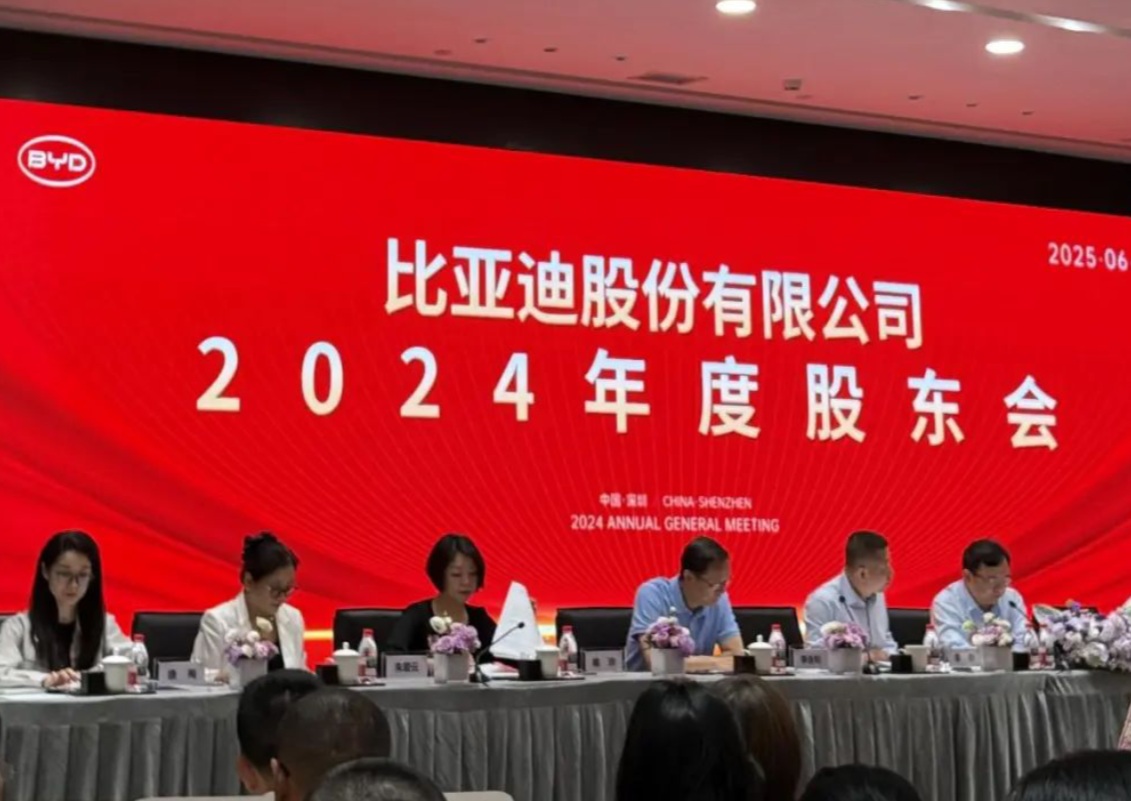BYD announces its largest dividend payout since listing, splashing out 12 billion yuan to reward shareholders. What does this dividend scheme mean for shareholders and the company’s future development?
Here are 10 detailed perspectives from netizens on BYD’s record-breaking dividend payout of ¥12 billion, synthesized from diverse discussions across platforms:
-
Strategic Investor Attraction
The dividend scheme signals BYD’s transition from a “growth stock” to a “blue-chip value stock,” aiming to attract institutional investors and long-term holders by demonstrating sustainable returns. This could stabilize share prices and reduce volatility -
Lowering Entry Barriers for Retail Investors
The 10-for-8 bonus share and 10-for-12 capital transfer increase total shares from 3.04B to 9.12B, reducing per-share price by ~67% post-split. This democratizes access for small investors, mirroring Nvidia’s stock-split strategy to boost liquidity -
Correcting Historical Imbalance
Critics note BYD’s past “heavy financing, light returns” approach—raising ¥24.7B in 2021 H-shares while cumulative dividends totaled only ¥1.88B (2011–2021). The 30% net profit payout ratio now addresses this reputational gap. -
“Dual Binding” Ecosystem Strategy
Wang Chuanfu’s model ties consumers to shareholders: car owners become investors, and shareholders prefer BYD vehicles. This creates a self-reinforcing loop to cement brand loyalty and capital inflow -
Follow-Up Performance Pressure
Skeptics highlight the challenge of maintaining 20%+ annual revenue growth (as pledged for 2023–2025) after 2024’s 29% surge. Failing this could demotivate employees and investors -
Profit Quality Concerns
Despite record revenue (¥777.1B in 2024), BYD’s net margin remains ~4%, far below Tesla’s 15%. Some argue dividends should prioritize R&D to close the profitability gap with global rivals. -
Tax Efficiency Critiques
Bonus shares incur 20% income tax (based on ¥1/share face value), reducing net gains for retail holders. Example: A 100-share holder gets ¥397 pre-tax but only ¥381 post-tax -
Capital Structure Optimization
Academic analyses praise the move for aligning equity expansion (2% annual growth pre-2024) with profit growth (55.6% CAGR), resolving inflated per-share metrics and easing future financing pressures -
Signaling Confidence Amid Global Expansion
The dividend coincides with BYD’s overseas push (e.g., Europe, Brazil). Supporters view it as a statement of operational confidence, backed by Q1 2025 sales leadership in Italy, Brazil, and Australia -
Earnings Sustainability Debate
Dividends rely heavily on domestic subsidies. With 2024’s EV subsidies phased down, bears question if BYD can sustain payouts without compromising its ¥60B R&D budget or energy-storage ecosystem investments.





Heard whispers about Code78win? Let me tell ya, it’s been catching my eye lately. Gotta check them out and see what the buzz is all about! Is anyone else playing there? code78win